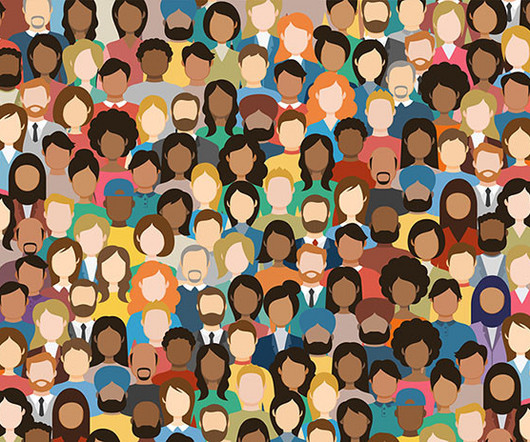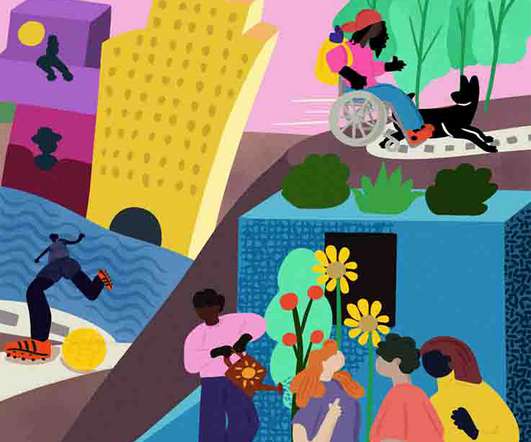The Pitfalls of Personal Judgment
Stanford Social Innovation Review
OCTOBER 19, 2023
By Logan McDonnell As a nonprofit professional with over a decade of experience working in homelessness programs and currently working in homelessness prevention, I’ve often heard coworkers describe how a person in one of these programs reminded them of a close relative or friend.












Let's personalize your content